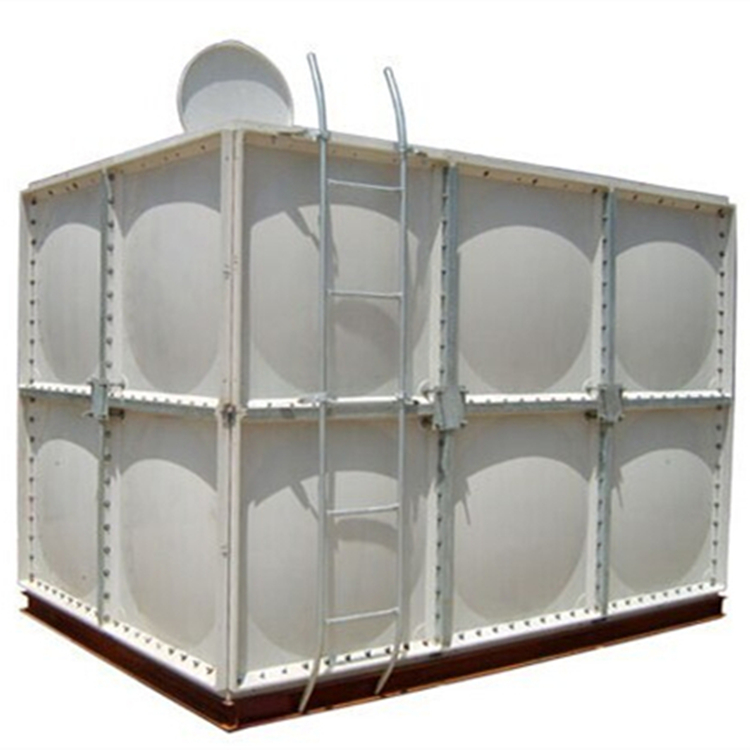Maintenance Tips to Extend the Life of Your GRP Water Tank Introduction

Maintenance Tips to Extend the Life of Your GRP Water Tank
Introduction
Investing in a GRP (Glass Reinforced Plastic) water tank is one of the smartest decisions for long-term water storage. Known for their durability, hygiene, and resistance to corrosion, GRP tanks are trusted across East Africa in schools, hospitals, municipalities, industries, and high-rise projects.
However, like all infrastructure, proper maintenance practices are essential to ensure maximum lifespan, optimal performance, and cost-effectiveness. A well-maintained GRP tank can last decades, while neglect may lead to unnecessary repairs, water contamination, or reduced storage capacity.
In this article, we share practical maintenance tips that will help you get the best value from your GRP water tank investment—whether it’s a sectional GRP tank in a hospital or a large-scale installation for municipal supply.
Why GRP Tanks Require Maintenance
Although GRP tanks are low-maintenance compared to steel or concrete tanks, they still need periodic care to:
-
Maintain hygienic water storage free from algae or bacterial growth.
-
Ensure the structural integrity of panels and joints.
-
Protect against external environmental damage.
-
Comply with health and safety standards for institutions like schools and hospitals.
-
Prevent costly repairs or premature replacement.
Key Maintenance Tips for GRP Water Tanks
1. Regular Cleaning and Inspection
Schedule tank cleaning at least once every 6–12 months. This prevents sediment buildup, algae formation, and microbial growth.
-
Use non-toxic cleaning agents.
-
Inspect GRP panels for cracks or discoloration.
-
Check for leaks around panel joints and gaskets.
2. Check Tank Lids and Access Covers
A loose or damaged lid allows dirt, insects, or even rodents to enter the tank. Ensure covers are tightly sealed and in good condition.
Learn about GRP tank characteristics here.
3. Inspect Internal Partitioning and Reinforcement
For large-scale sectional tanks, ensure internal partition types and reinforcement remain intact. This is critical in schools, hospitals, and high-rise buildings where demand is high.
4. Monitor Thermal Stability and Insulation
In hot climates, tanks exposed to sunlight may experience temperature fluctuations. Consider insulation solutions to maintain stable water conditions and extend the tank’s lifespan.
5. Ensure Professional Installation and Servicing
Many maintenance issues arise from poor installation. Always rely on certified experts like Aquosys Limited’s installation team. Professional servicing ensures:
-
Proper alignment of panels.
-
Correct torqueing of bolts.
-
Long-lasting gasket sealing.
6. Avoid Overloading the Tank
Never exceed the recommended capacity. Overloading stresses the structure and may damage panels or compromise safety.
7. Protect Against External Hazards
If installed outdoors, shield the tank from falling debris, vandalism, or accidental impacts. Conduct routine checks around the installation site.
Benefits of Proper Maintenance
By following these tips, you ensure your GRP tank provides:
-
Extended Service Life – lasting decades without major repairs.
-
Cost Savings – reduced need for replacements or emergency fixes.
-
Safe Water Storage – hygienic supply for hospitals, schools, and municipal systems.
-
Sustained Performance – consistent water pressure and reliability.
Why Choose Aquosys Limited for GRP Tank Maintenance
Aquosys Limited is not only East Africa’s leading GRP tank manufacturer and installer but also a trusted partner in long-term after-sales support. We provide:
-
Expert inspection and maintenance services.
-
Genuine replacement panels and accessories.
-
Engineering support for large-scale and custom projects.
-
Cross-border support across Kenya, Uganda, Tanzania, Rwanda, South Sudan, and Ethiopia.
Explore our portfolio of projects to see how we ensure reliability in every installation.












